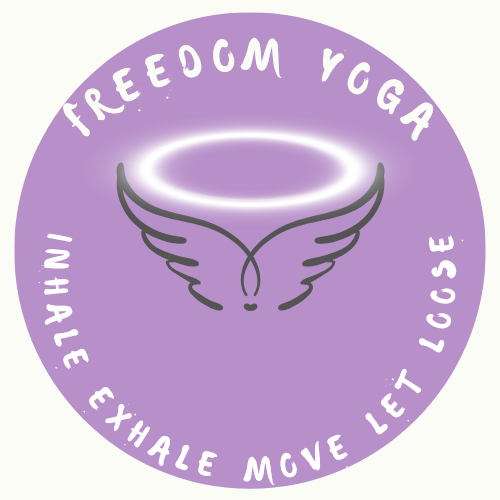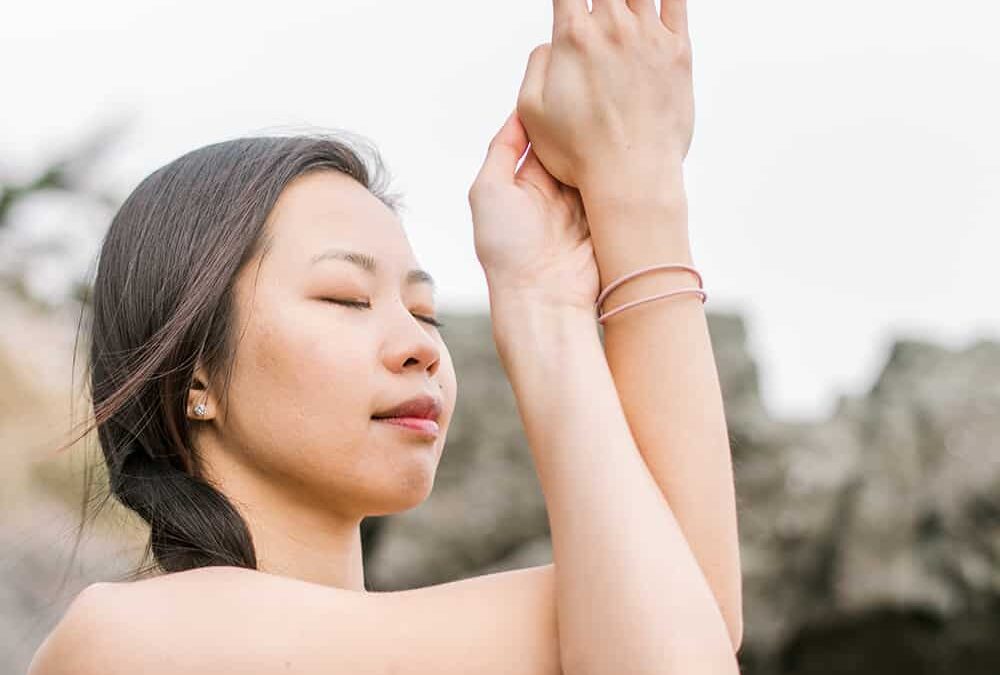Ehem! Clearing my throat to sing (yes, sing)… “The shoulder bones are connected to the arm bone! The arm bone is connected to the elbow!” The elbow is connected to the forearm bones which connect to the wrist bones that are connected to the hand bones. I think you get my point! You may have experience with limited upper extremity mobility. Limited mobility in one area can impact another area of your body. Always follow your medical provider’s guidance if they recommend restricted mobility to move your body in any way.
There are several modified poses that can improve flexibility and motion when you have upper extremity injuries or limitations with your:
- shoulder
- scapula
- elbow
- arm
- wrist
- hands
Leave the fear behind of not being able to do yoga with limitations In general, you can have different range of motion (ROM) than the next person, yet you can enjoy a yoga practice just the same. Listen to your body when doing yoga especially if you feel pain in a pose when:
- putting pressure on your wrists, arms, or shoulders
- lifting your arms above your head
- lifting your arms above shoulder height
Do not do movements that cause you pain. The purpose of yoga is to help you connect your breath, mind, and body. Also to minimize stiffness and improve movement. So, pain is not allowed! Protect yourself from further or possible injury. Discomfort or tension (which is part of yoga) is something you can feel when new or returning to yoga, in a new pose, in a challenging pose, or deep in a pose. It is important to warm up and gradually deepen poses or increase the reps if able to do so. At the same time, there is no competition when practicing yoga. Remember your good is good enough with your current flexibility or ability to do a pose.
I am familiar with muscle and bone injuries and limitations from personal experience, working in the medical field, and doing and teaching yoga. Body mechanics can also cause stiff wrists or shoulders. In yoga, if you are not used to doing certain poses pain might occur in the wrist from overuse, like doing several planks or being on all fours. My recommendations to protect yourself from pain or overuse include to:
- inform your yoga teacher of any limitations
- ask for modifications
- stay within your ROM
- use a towel or yoga strap
- take breaks during yoga (rest is good!)
It’s important to communicate and address your needs to work through any limitations. Thinking of your limitations as your current abilities can help you focus and progress on what you can do at that moment. Yoga poses may look challenging at first (like the picture for this blog). Yet, poses can help you care for your upper extremities. Praise yourself for what you can do. Remember Rome was not built in a day! For more guidance with your upper extremities and yoga check out my free course.
For information on lower body tension, check out my “Relieving Hip and Leg Tension” blog.
Angela Franklin is a passionate yoga instructor, who wants to empower women to be their own advocate to improve their holistic health. She also has a background in the medical, mental health, and fitness professions. To get more information about yoga, wellness, and courses visit: https://freedomyogawithangelafranklin.com/

